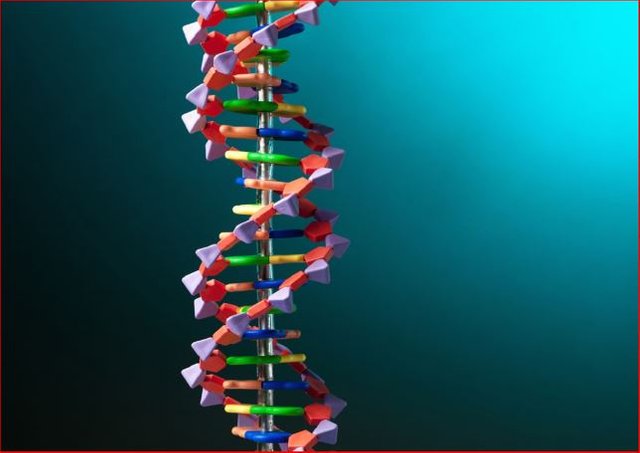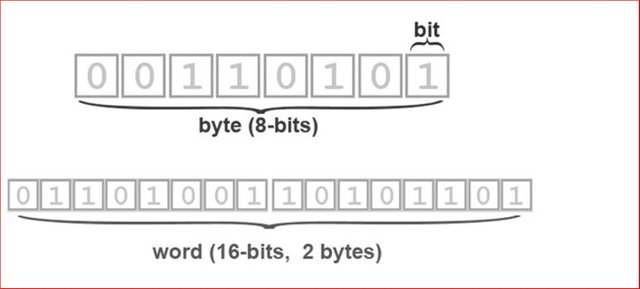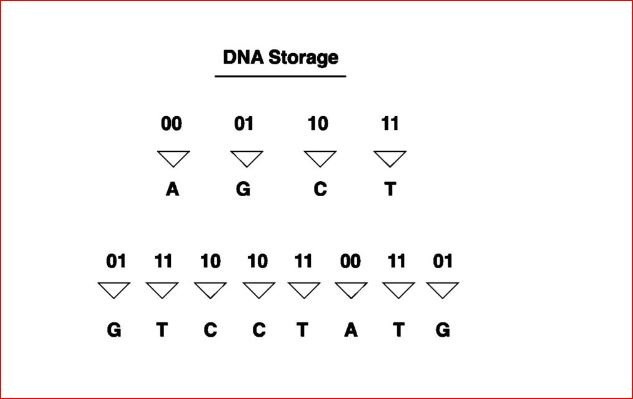Many tools and technologies have been developed from past to present to store and store data. Over time, the dimensions of these vehicles began to shrink, and their durability and capacity increased. However, it is still not possible to store data forever. Storage devices such as discs, CDs or USB are each at risk of corruption. Considering this problem, scientists have found a new way to store data for longer and more secure. This new road may sound a little scary, but let's share it right away. We will now collect the data in DNA. How Does? Here are the details ...
Thanks to DNA samples obtained from fossil remains, it is possible to learn the characteristics of a living species that lived millions of years ago. Because DNA contains hereditary characteristics and continues to keep this information as long as it exists. Many of us can remember this information from elementary school science classes and even from some science fiction movies.
The aim of this scientific project is to be able to store information in a larger scale by providing data input to DNA, which is a kind of building block of living things and stores hereditary information. Moreover, with this method, it is planned to create a biological storage area that will keep it safer and in the long term.
Experiments and tests have been started in this area. We can even say that the experiments on this subject gave positive results. Regarding the subject, researchers led by Robert Grass from the Department of Chemistry and Applied Biosciences of the Zurich Institute of Technology succeeded in coding Archimedes' Mechanical Theorem Methods on DNA molecules with the 1291 Federal Declaration.
How will data be recorded in DNA?
Although the question of how to record data on DNA seems confusing, scientists have succeeded in explaining this in scientific ways. Now, let's try to explain this subject in a slightly technical but very easy language: Computers and other electronic devices define information with 0s and 1s, each of which corresponds to 1 "bit". The smallest unit of information that the computer can read is 8 bits, ie 1 byte. In the picture below, you can see more clearly how the bits form the byte and how they combine to form a word:
For example, the letter defined by the computer as "T" is actually a total of eight digits in the form of "10011011" in the background; It is an expression consisting of 1's and 0's. The letter T is 8 bits, 8 bits is 1 byte. Here, the smallest information unit for a computer is this 1 byte of data.
There are four basic nucleic acids in DNA. These; (A) denin, (T) imine, (G) uanin and (S) are powder. In the picture below, you can see how these nucleic acids are contained in a DNA.
If we can reduce these 8-digit directories on the computer we just mentioned to 4-digit; We can provide all kinds of data entry to DNA. For this, we must group each binary combination of 1's and 0's to correspond to a nucleic acid in DNA. Below you can see these groupings and the combinations that will emerge more clearly:
With this method, we can store more than 215 petabytes of data per gram of DNA. You can see what an outrageous number the number is. Although this figure seems to be a huge size for personal use, for large companies such as Google, Facebook; Can you imagine how enormous and necessary technology NASA is for systems where public information is stored, for industries dealing with trillions of bytes of data we call big data?



